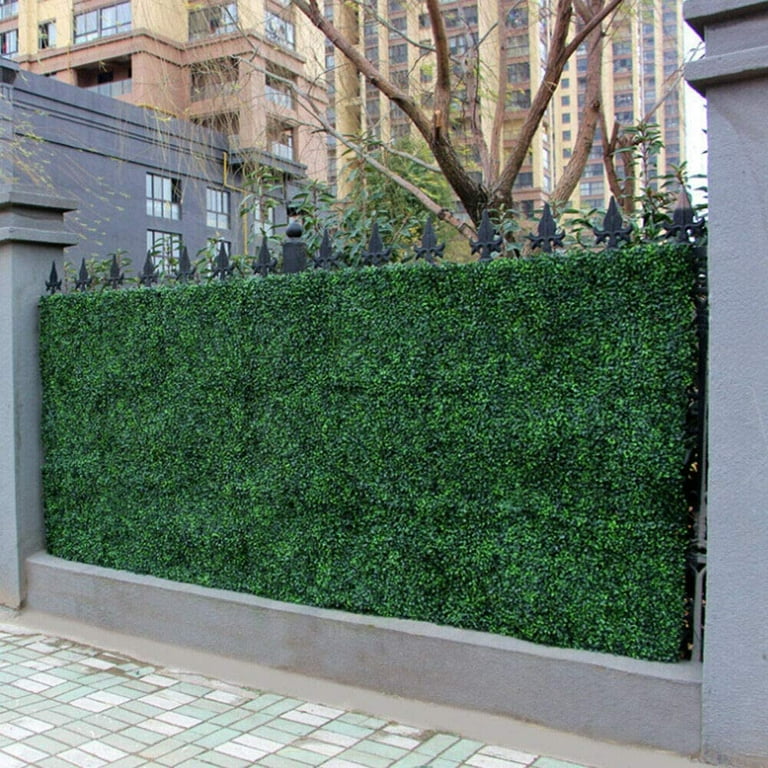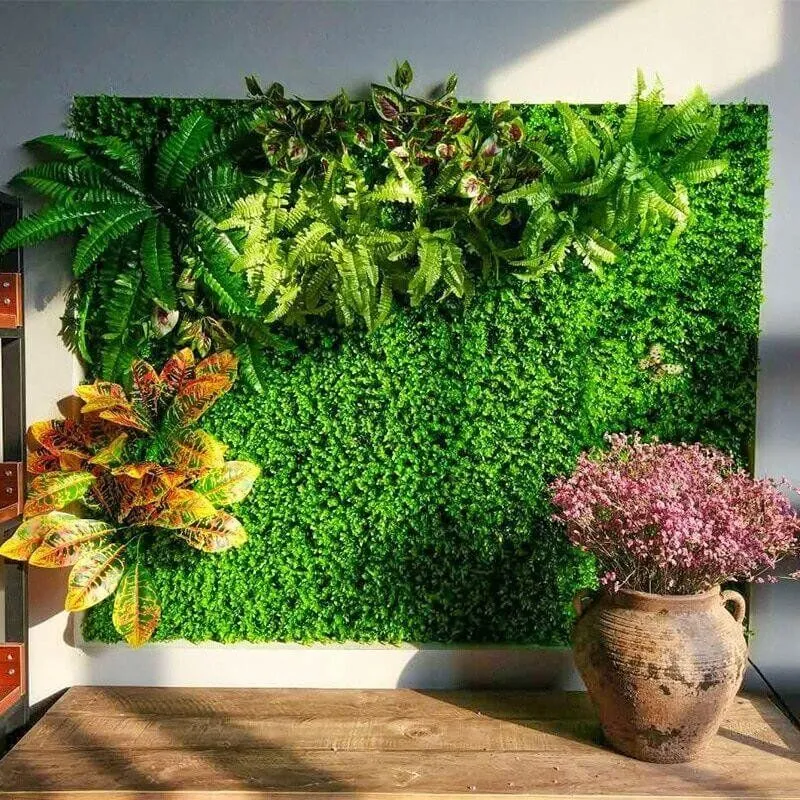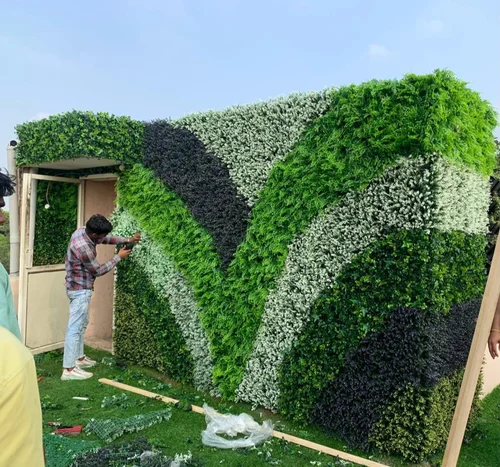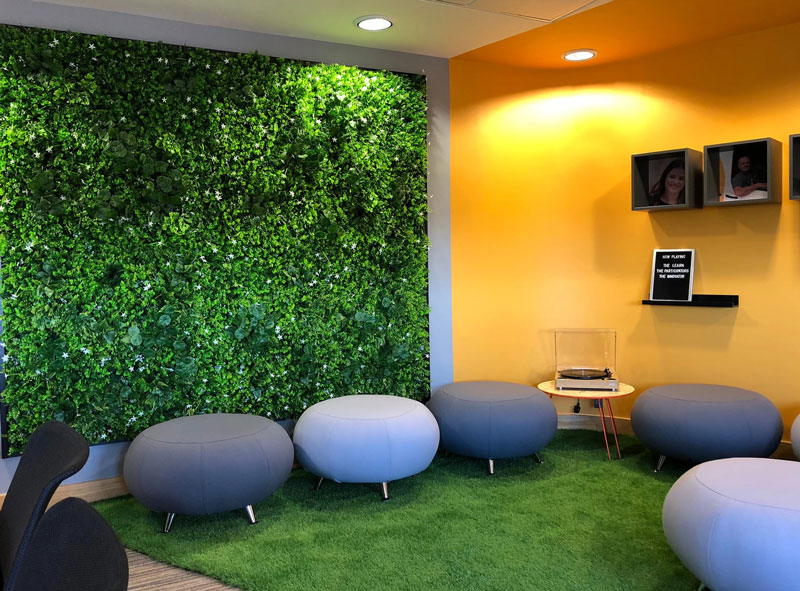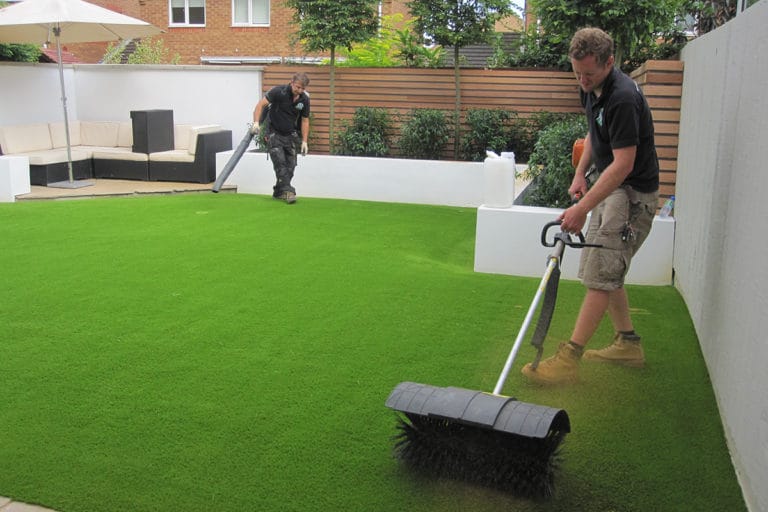
When it comes to artificial turf installations, the choice of infill material plays a crucial role in determining the overall performance, safety, and longevity of the system. Infill, the granular material that is carefully incorporated between the synthetic grass fibers, serves several vital functions, including providing ballast, enhancing shock absorption, and promoting natural ball roll and traction. With a wide range of infill options available in the market, it’s essential to understand the unique properties and advantages of each material to make an informed decision.
One of the most popular and widely used infill materials for artificial turf is crumb rubber. Derived from recycled tires, crumb rubber offers excellent shock absorption properties, making it an ideal choice for sports fields and high-impact areas. Its ability to dissipate energy effectively helps protect players from injuries while also contributing to the overall resilience and durability of the turf system.
Another highly regarded infill option is silica sand. This natural material is known for its exceptional drainage capabilities and resistance to compaction, which helps maintain the turf’s permeability and prevents water pooling. Silica sand also provides exceptional traction, ensuring a secure footing for players during quick directional changes and sudden stops.
In recent years, alternative infill materials have gained traction in the artificial turf industry, offering unique advantages and addressing specific performance requirements. One such material is thermoplastic elastomer (TPE), a recyclable and environmentally friendly option that combines the benefits of crumb rubber and silica sand. TPE infill is highly durable, resilient, and resistant to UV degradation, making it a long-lasting choice for outdoor installations.
Another innovative infill material is zeolite, a naturally occurring mineral with exceptional moisture management properties. Zeolite infill can absorb and release moisture, helping to maintain an optimal playing surface temperature and minimizing the risk of condensation or frost formation on the turf.
When selecting the best infill for an artificial turf installation, it’s essential to consider the intended use of the facility, the climate conditions, and the desired performance characteristics. For high-intensity sports fields or multi-purpose facilities, a combination of infill materials may be recommended to achieve the perfect balance of shock absorption, traction, and drainage.
Additionally, the choice of infill material should be complemented by a robust and properly designed base and drainage system, ensuring the longevity and consistent performance of the artificial turf system.
In conclusion, the best infill for artificial turf is not a one-size-fits-all solution. By carefully evaluating the unique requirements of your project and considering the advantages of each infill material, you can create a high-performance, safe, and long-lasting artificial turf surface that meets the needs of players, facility operators, and the surrounding environment.





